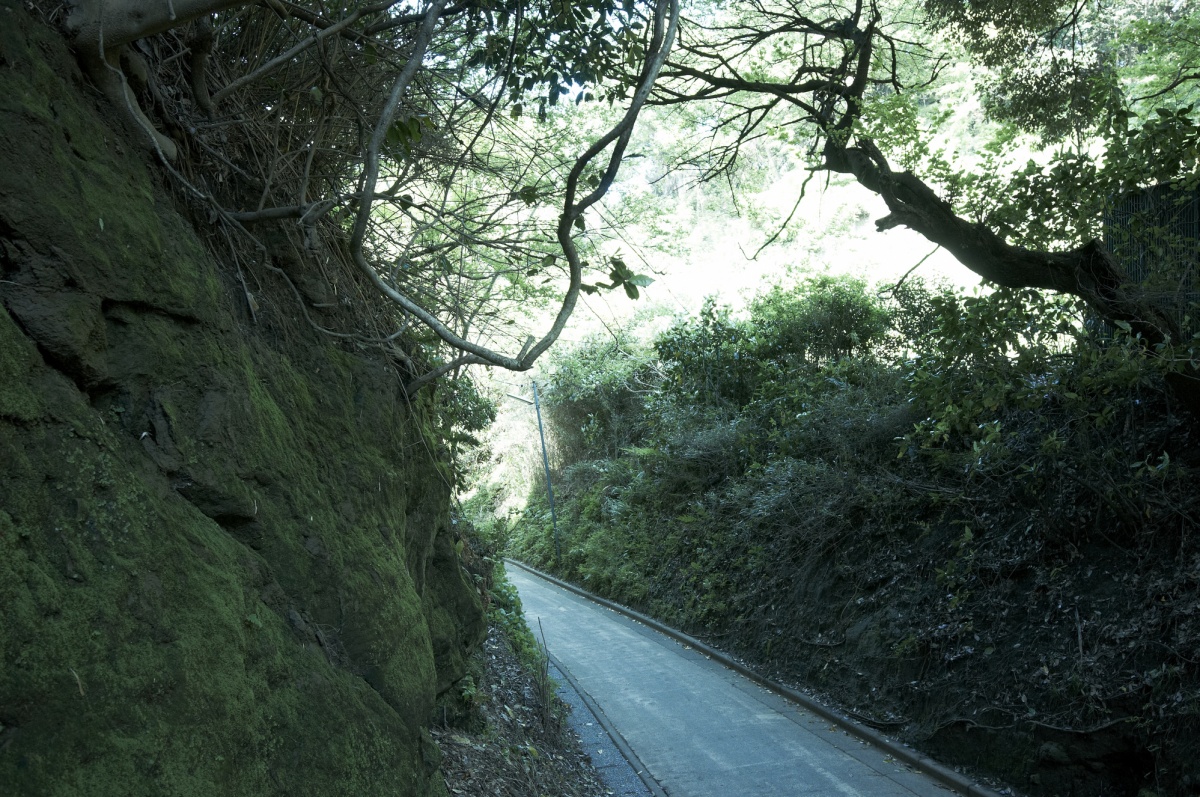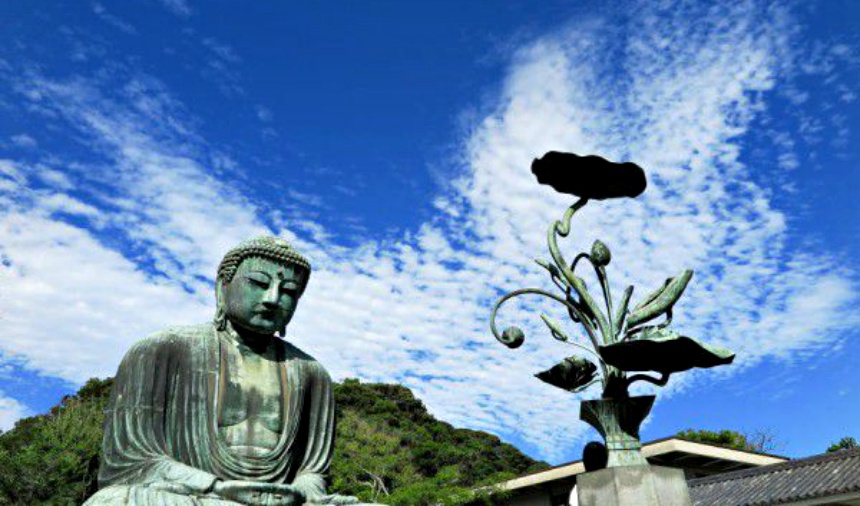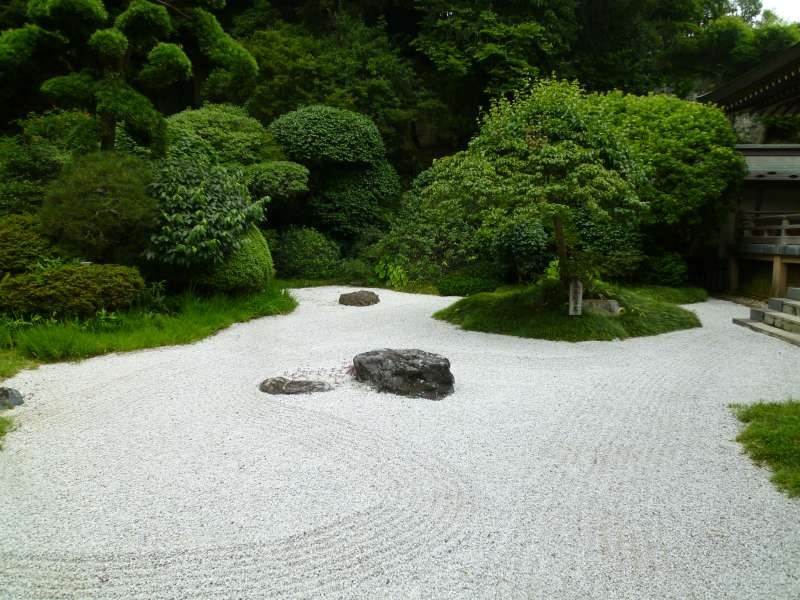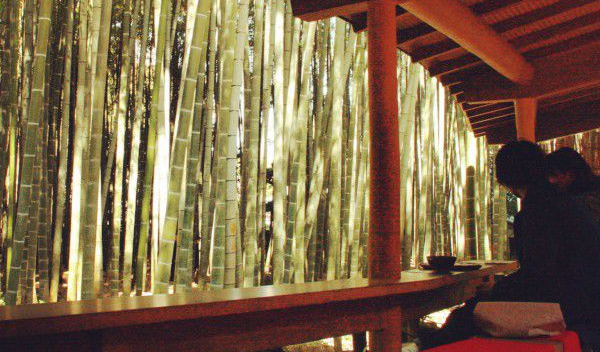Our 5 Favorite Tours in Kamakura
Kamakura truly has something for everyone, but it might be hard to decide what to do and in what order. To help you decide, we present our Top 5 tours to get the most of your time there. Keep in mind that locations may overlap, including the most popular destinations, but we offer different options to best suit your travel style and needs.
By TripleLightsZen Culture Tour
Do you know the Japanese word Bushido, or samurai spirit? Its origin is in Kamakura. About 800 years ago, Kamakura was the capital of Japan. The leader of samurai warriors (shogun) established the samurai's domination over the country, putting an end to the previous aristocracy in Kyoto, and Kamakura became the center of the first samurai military government. Samurai warriors were totally different creatures from the aristocrats. Having their main workplace in battlefields, the warriors were those who never had a fear of death. They didn't cling to life. They willingly devoted their lives to their jobs. How could get that extreme mindset? The secret was Zen Buddhism. It was the basics of Bushido. Zen was widely received in the Kamakura Period (1185-1333) and deeply influenced the entire Japanese culture eventually. And now, you can experience Zen culture through visiting iconic temples, gardens and experiencing the Japanese distinctive beauty of wabi sabi in this ancient city.
This tour includes visits to:
• Engaku-ji Temple, one of the biggest Zen temples in Kamakura.
• Tokei-ji Temple, a Zen temple known for giving a helping hand to unhappy women throughout history.
• Hokoku-ji Temple, famous for its bamboo garden and typical Zen garden.
• Jomyo-ji Temple, where you can experience a Japanese tea ceremony while enjoying a view of the Zen garden.
• Sugimoto-dera Temple, the oldest temple in Kamakura. You can check out ancient Buddhist statues in the main building.
• Hachiman-gu Shrine, Kamakura's iconic tourist's destination. More than 800 years ago, this was the center of the samurai government.
• Komachi-dori shopping street, which leads you back to Kamakura Station.
Warm Sea Breeze Tour

https://triplelights.com/japan/activity/kamakura-enjoy-sea-breezekamakura-komyoji-temple-zaimokuza-beach-walkgreat-buddhahase-templ-347
Kamakura is surrounded by hills on three sides and by an ocean beach on one side, which was the major reason for the first shogun Minamoto Yoritomo to choose Kamakura as the site of his government. On this tour, you will first enjoy the beach area of Kamakura by taking a bus from Kamakura Station to the extreme eastern side of Zaimokuza Beach to visit Komyoji Temple. This Buddhist temple is the head temple of the Jodo sect in eastern Japan, with the biggest wooden gate in Kamakura and two great ponds: one is a lotus pond where lotus flowers from 3,000-year-old seeds bloom in summer, and the other is a rock garden with eight rocks representing Buddhas and great Buddhist masters.
After that, you'll drop by a compound of huge tombstones belonging to the Naito family; enjoy walking along Zaimokuza Beach, where you can see Wakae-jima, the remains of the oldest man-made port that was the only international port in Japan around the 13th century; and then go up along the Wakamiya-oji, the grand approach to Tsurugaoka Hachiman-gu Shrine.
At the Geba crossing, you'll turn left and take a bus at Rokujizo-mae to visit Great Buddha and finally Hase-dera, the second oldest temple in Kamakura that is very close to the Great Buddha statue. After coming back to Kamakura Station from Hase Station by the Enoden Line, you'll enjoy shopping at Komachi-dori street.
Ancient Samurai Walking Tour
Welcome to samurai town. In the 12th century, Japan’s first full-fledged military government was established in Kamakura. Even now you can feel samurai vibes from the historical sites, such as Tsurugaoka Hachiman-gu Shrine, Hase-dera (noted for a wide variety of flowers) and the Great Buddha!
The best way to enjoy the area is by walking, the focus of this tour. But there's something along the way for everyone. You can enjoy the matcha green tea in the bamboo forest of Hokokuji. You'll also be delighted by the beautiful presentation of local cuisine at lunch time (optional). We recommend you to wear a comfortable pair of walking shoes to keep you moving till the end of the tour.
Emerald Green Tour

https://triplelights.com/japan/activity/kamakura-bamboo-temple-sugimoto-templethreeattractive-spotskamakura-328
Kamakura is visited by as many as 20 million people a year. Some of the most popular spots among visitors are Tsurugaoka Hachiman-gu Shrine, Great Buddha, and Hokokuji Temple nicknamed the "Bamboo Temple." On this tour, we'd like to offer two more attractive spots to visit.
First, you'll visit three places in the north-eastern area of Kamakura: Hokokuji Temple, popular for its bamboo groves and a teahouse serving powdered green tea; Sugimoto Temple, the oldest Buddhist temple in Kamakura dating back to the 8th century; and Egara Tenjin, a shinto shrine enshrining deified Sugawara Michizane, the god of learning and scholarship.
The fourth destination, Tsurugaoka Hachiman-gu Shrine, was constructed by the first shogun of the Kamakura government. After coming back to Kamakura Station, you'll take the Enoden Line to Hase Station to visit the final destination, the Great Buddha, an open-air Buddha statue that has been sitting under the sun for some 750 years.
Samurai Road Hiking Tour

https://triplelights.com/japan/activity/kamakura-kamakura-45-km-samurai-road-hiking-trailgreat-buddhabeachsingle-5-persons-435
Kamakura has seven kiridoshi passes. Kiridoshi is a pass that was made by cutting through earth and rocks of mountains or hills. Why is this unique in Kamakura? Because Kamakura was a fortress surrounded by hills and coastline. To fortify the city moreover, the Kamakura government built seven passes for a base of military defense and for traffic. Even now the kiridoshi passes are used as community roads for the locals.
You'll start this tour at Kita-Kamakura Station, heading to Engakuji Zen Temple just in front of the station. The temple is ranked #2 out of the "5 Great Kamakura Zen Temples." Walk 10 minutes to enter the Kamegayatsuzaka Pass hiking trail, continue on to the Kewaizaka Pass hiking trail. Next, you'll drop by Zeniaraibenzaiten along the way to Great Buddha. The total distance is about 4.5 kilometers (2.8 miles). Kamegayatuzaka Pass is flat and easy; on the other hand, Kewaizaka Pass is steep.
After Great Buddha you can decide either to go shopping, or to rest your weary feet at the beach.






